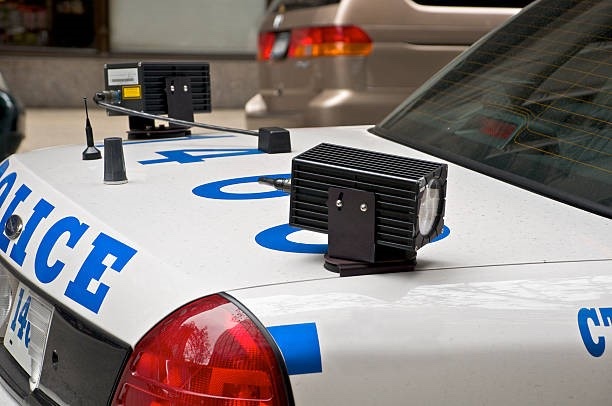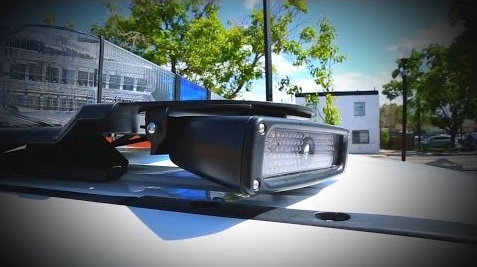WV cops using License plate scanning

The WV State Police have been using license plate scanning also known as ALPR, Automatic License Plate Recognition. This technology utilizes cameras and software to quickly capture and decipher the characters on a vehicle’s license plate.
The captured plate numbers are then cross referenced against various databases within seconds, providing the officer information about the vehicle and its registered owner. This includes the name and address of the registered owner, as well as information about the vehicle such as the make, model, year and color.
Officers can find out if the vehicle has been reported stolen or if it’s associated with criminal activity or investigations. Officers can see if the registered owner or anyone linked to the vehicle has an outstanding warrant, a criminal record or any pending legal issues. The system will flag any unpaid parking tickets, toll violations and other traffic citations connected to the vehicle or its registered owner.
There are limits that the police can access, Officers cannot view personal details like financial records, medical history or other private information unrelated to the vehicle or it’s registered owner.
Law Enforcement has the legal authority to run plates without your consent, as it’s considered part of their daily routine and falls under their Public Safety Responsibilities. The cameras scan 10,000 license plates per day.
Because of the state police’s success with the scanners other West Virginia law enforcement agencies (The Charleston Police and the Kanawha County Sheriff’s Department are also going to use scanners.)
When a scanner detects a match the license plate reader it immediately alerts the officers ensuring prompt action.
As you can see there are pros and cons to license plate recognition (LPR).
If you’re wondering where they are on the police cars the cameras are attached to fixed locations or to patrol cars that are used to track license plates.
Watch this video to show how License Plate Recognition:
















